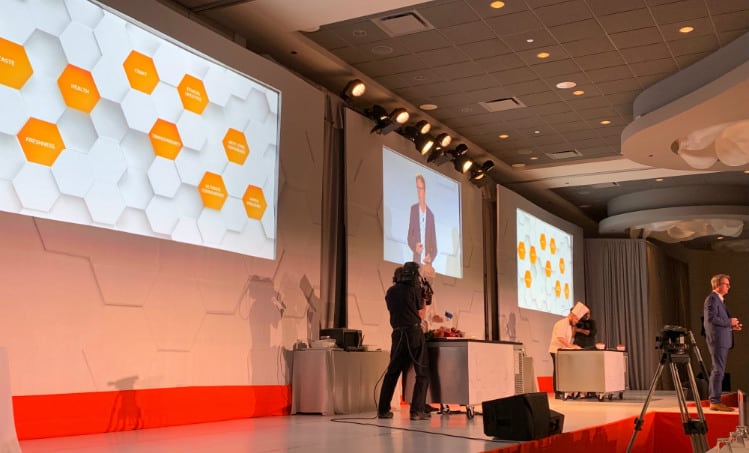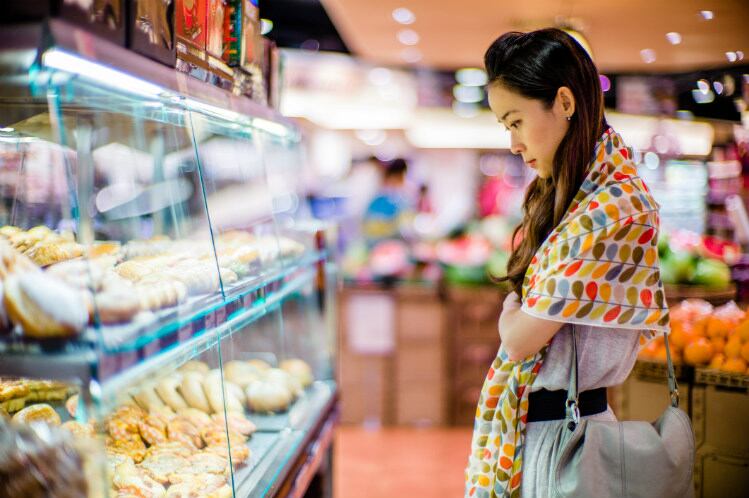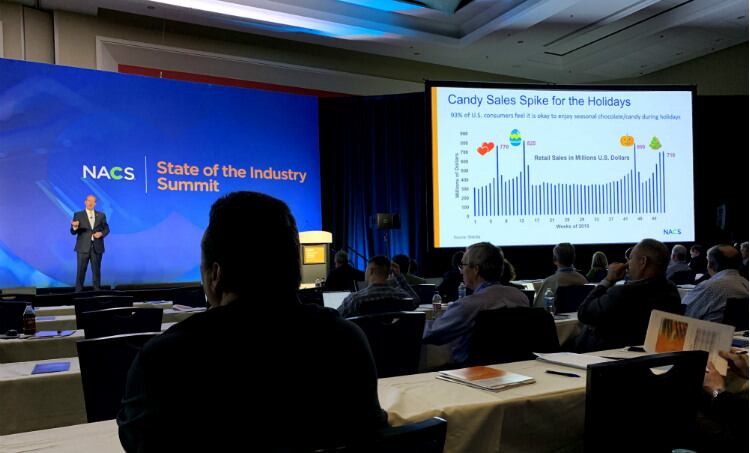The tri-annual presentation brought together baking and confectionery professionals to catch a glimpse of the next frontier of these industries.
Rollo McIntyre, global head of innovation at Ipsos, presented research commissioned by Puratos, which focused on three major categories of consumers’ perception of quality, process and experience.
Ipsos surveyed more than 17,400 consumers around the world last year, as well as 80 ‘foodies’ in eight cities and 66 industry experts in 16 markets, to develop one of the firm’s most comprehensive studies, according to McIntyre.
‘Taste is king’ – but texture intrigues
Despite a growing penchant for unusual flavor combinations, such as a hot Cheeto macaron, consumers do not pull any punches when it comes to taste.
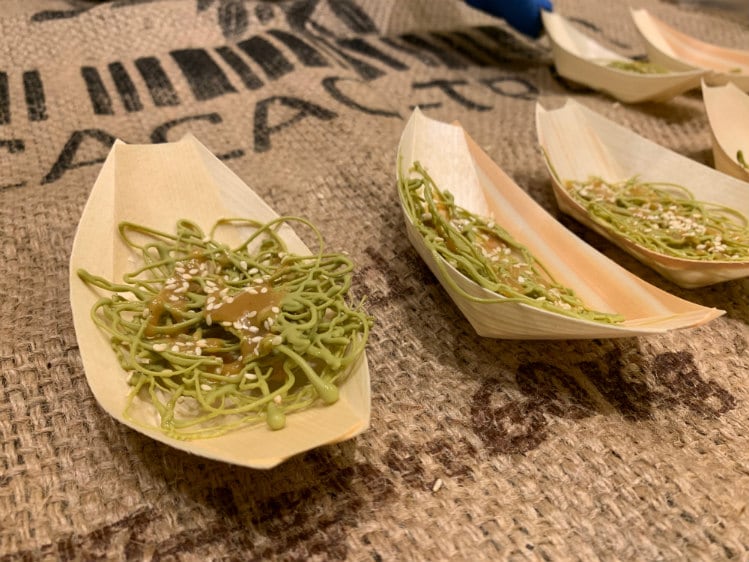
In bakery, pastry and chocolate, consumers are most concerned with taste, freshness and price, but “taste is king,” said McIntyre.
Nearly nine of 10 consumers seek taste above all else when buying chocolate and 75% when buying pastry, compared to 65% in baked goods. More than two-thirds call out freshness in all three categories, especially in bakery and pastry.
About 70% of respondents consider ‘fresh’ to mean recently baked or prepared. Appearance and color rank second at 59%, followed by smell with 55% and the expiration date at 44%. Crunchiness is also a factor: 62% of consumers said they enjoy trying foods with different textures.
Another speaker, food futurologist Morgaine Gaye, reiterated that sense of exploration in her presentation of the next-level future – a world in which foods can be both beautiful and valuable. A bar of chocolate, for instance, might embrace uneven break lines, creating pieces that are spiky or bubbly rather than smooth and square. The recognizable crescent shape of a flaky croissant might transform into a perfect cube of layers upon layers of butter and puffed pastry.
Demand for layers, colors, and exotic tastes exemplifies the ‘Instagram nature’ of today’s consumers, agreed McIntyre.
They are ‘asking weirder questions,’ he said, like “Can you add bacon to this – and no calories?” They are more informed, more adventurous and more concerned about their own health and the health of the planet than ever before, he added, especially in North America and Europe.
Cost versus value
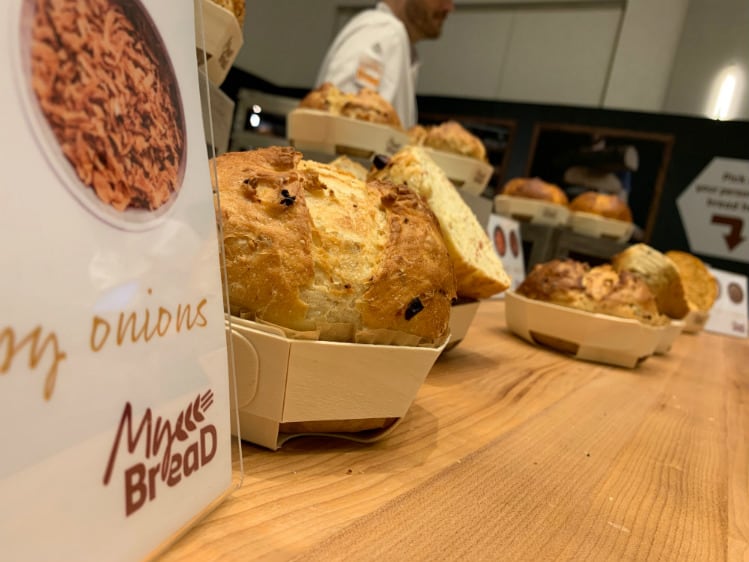
A few years ago, consumers eyed calorie counts, cholesterol and salt content, according to Ipsos; today, more than half consider sugar first and calories second. Fat and carbohydrates are still relevant, with about 40% checking those numbers on nutrition labels.
On the flipside, two-thirds of consumers today look for value-added products – those with more fiber, protein, whole grains and seeds, or fruit. They seek ingredients they perceive as being ‘close to nature,’ said McIntyre, such as maple syrup and honey.
That desire to live an ethical lifestyle has led 45% to look for sustainable production methods when buying bread, pastry and chocolate. A whopping 90% of respondents said they expect food shortages in the future, Ipsos found.
Gaye said consumers are ‘overwhelmed by choice,’ leading them to pursue what McIntyre described as ‘thoughtful consumption.’
Story plays an outsized role in this new way of thinking, especially on social media, he said.
“What consumers are looking for are things that are worth it,” he said, and they find those products through brand communication that explains authenticity, sustainability and transparency.
What does the digital future hold?
Taste Tomorrow also shed light on the evolving food retail landscape online, which might remain a minority in the US and Europe but has transformed places like China, according to Daniel O’Connor, a retail expert at Harvard University’s Advanced Leadership Initiative.
Retail is currently in its third generation – or early internet retail, he said. Generation 1 meant independently owned, mom-and-pop stores, and Generation 2 created mega-chains like Kroger and Wal-Mart in the late 1990s and early 2000s. The fourth generation will merge the physical with the digital, creating ‘a unified world’ of commerce in which ‘online meets offline.’
Rik Vera, an expert on disruption and customer centricity, reminded leaders that ultimately, customers are looking for products that help them satisfy their well-being. “Find customer frustrations, and solve them,” he said. “Digital has brought us closer to our customer than ever before. Convenience will become the new loyalty.”
As the next generation of retail arrives, he added, companies must be honest, ethical, authentic, responsible and transparent.
Concluded Paul Bakus, president of Puratos North America, “You can either run and hide, or see it as an opportunity. The one thing that comforts me is that we’re in the business of food. It’s emotional, and that’s not going to change. We operate in the human business.”
Making craft meaningful
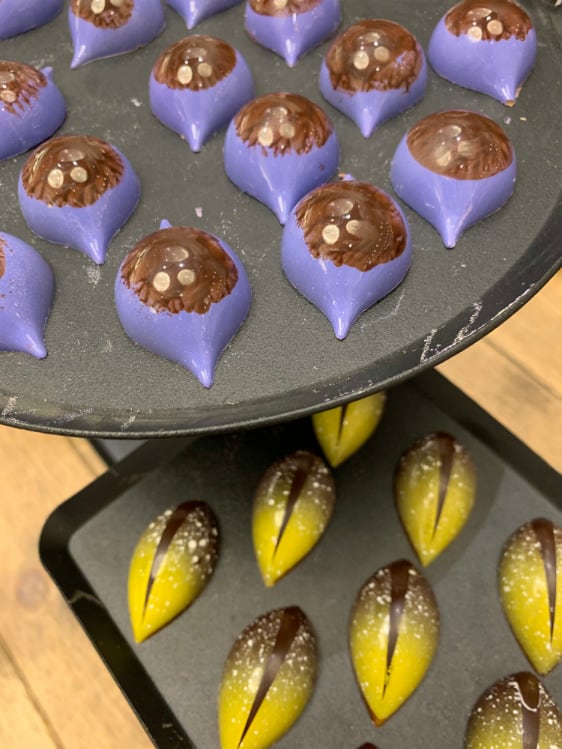
As consumers around the world become increasingly aware of ingredients and corporate ethics, the concept of craft will emerge as an essential quality indicator, said McIntyre.
People ‘get’ what craft means, thanks largely to the runaway success of craft beer in the US, he said – but the term ‘means different things to different people.’
A majority associate craft with the words ‘made by hand’ and ‘artisan.’ Half connect it with ‘authentic recipe’ and 42% with ‘natural ingredients.’ Only about a third tie ‘craft’ with ‘local products’ or ‘made in store.’
Consumers are looking for imperfections – and a story. Community events and pop-ups are one way to connect directly with the consumer, added McIntyre, as two-thirds of buyers said they appreciated seeing bread baked on site, for instance. Another 70% are willing to pay more for this experience, and 58% enjoy learning about a company’s heritage.
Ipsos also found that 75% of consumers are against the disappearance of brick-and-mortar shops, revealing that the in-person experience in not dead – not yet, anyway. In North America, 60% of shoppers are neither buying bread online nor are they interested in doing so.

